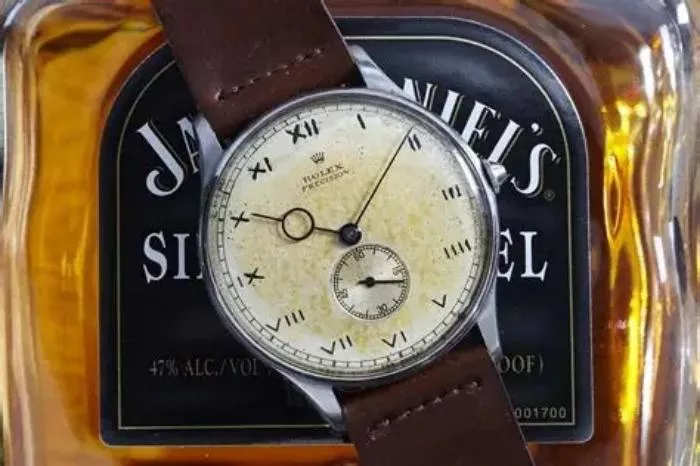As Rolex and Omega redefine precision in mechanical watchmaking, a debate emerges: in an era dominated by atomic-clock accuracy, does the pursuit of ultra-precise luxury timepieces still hold meaning? Victoria Gomelsky of The New York Times examines the latest innovations unveiled at Watches and Wonders.
Oliver R. Müller, founder of Luxeconsult Sàrl near Lausanne, Switzerland, highlights the irony: “We live in a world where exact time is accessible on phones, computers, even refrigerators—yet the industry keeps perfecting micro-mechanical marvels claiming unmatched precision.”
The Scale of Swiss Mastery
Müller notes Rolex’s dominance: “Producing 10 or 50 chronometer-certified watches is impressive. But manufacturing 500,000 or a million? That’s unparalleled. Only Omega comes close to competing.”
Omega’s edge lies in its Co-Axial escapement, industrialized in 1999 based on George Daniels’ invention. This mechanism, minimizing lubrication needs, remains central to Omega’s Master Chronometer line.
Breaking New Ground
The star of Watches and Wonders, Rolex’s new 7135 movement, introduces the revolutionary Dynapulse escapement. Operating at 5 Hz, its rolling-component design reduces energy consumption compared to traditional lever escapements. While initially speculated to draw from Breguet’s échappement naturel, Rolex’s technical lead Olivier Greim clarified its independent engineering.
Now, the spotlight turns to Omega—rumored to be developing a lubrication-free iteration of its Co-Axial system. The race for horological supremacy continues.


